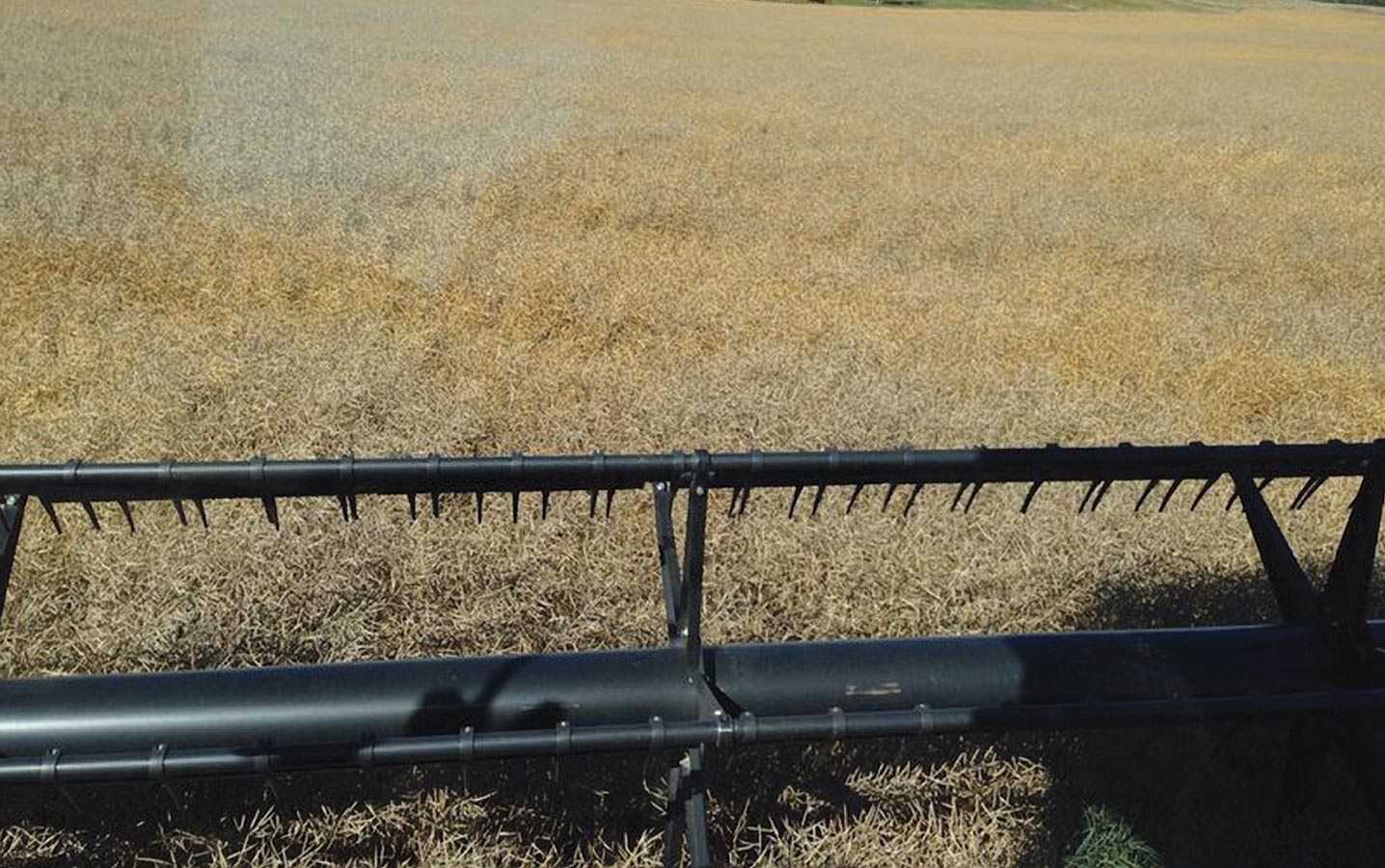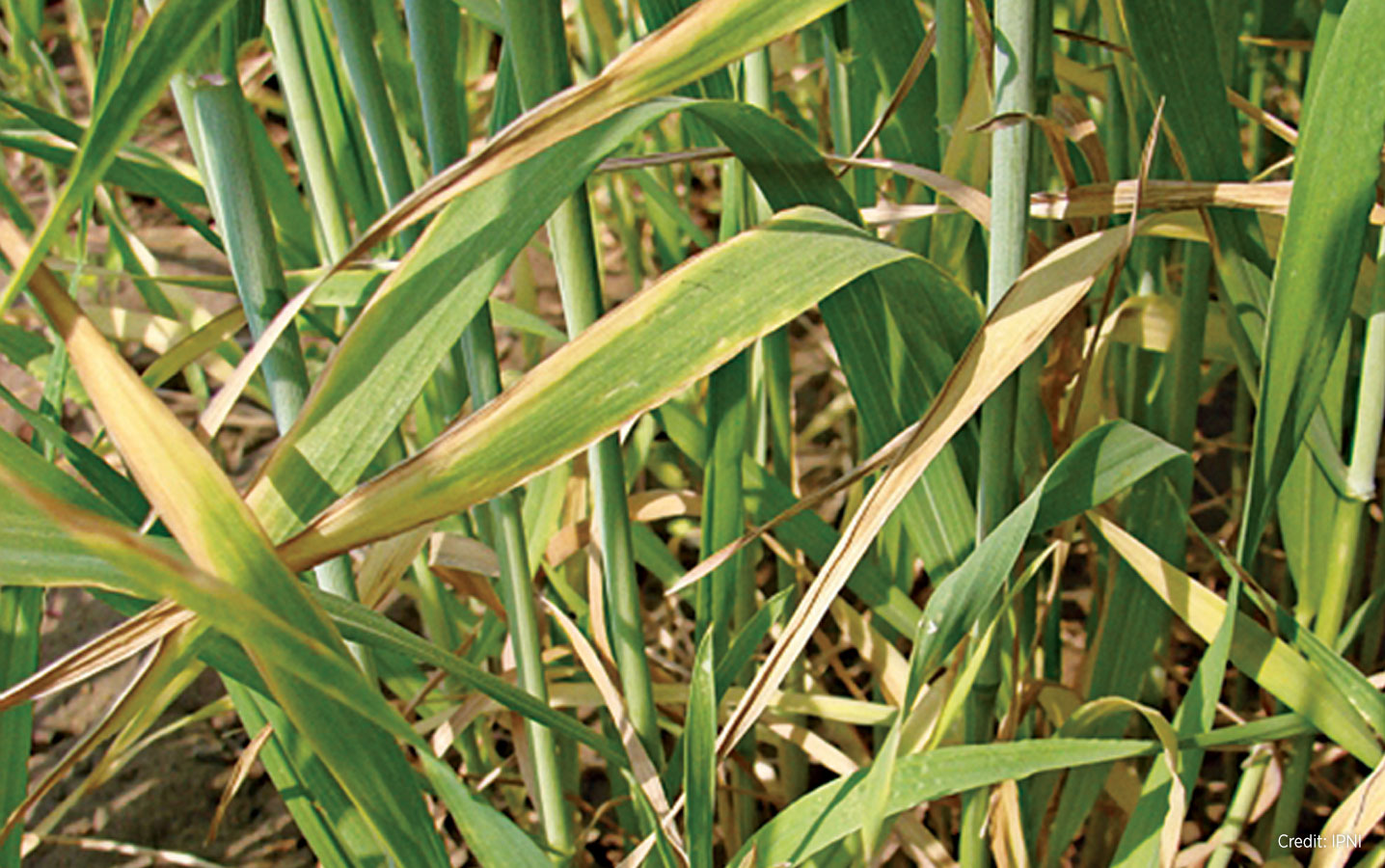
Key practice: Target a population of at least seven plants per square foot to maintain yield potential for canola. This target will allow for some plant mortality due to post- seeding stresses without dropping below the minimum five plants per square foot required for canola yield potential. Key research: Leeson, Julia, Agriculture and Agri-Food Canada...
Read More Key practice: In Western Canada where the growing season is short, the ideal practice is to apply all fertilizer at the time of seeding. However, if shortages are expected or crops are showing deficiencies, soil-applied applications of nitrogen or sulphur fertilizer after emergence will likely provide an economic benefit. Key research: Guy Lafond, Agriculture and...
Read More 
Key practice: Reducing harvest losses starts with strong crop establishment, adequate fertilization, early weed control and frequent scouting. Key research: Liu, C., Agriculture and Agri-Food Canada (AAFC), et al. “Evaluation of On-Farm Crop Management Decisions on Canola Productivity.” Canadian Journal of Plant Science (2014). Watson, P.R., Alberta Research Council, et al. “Canola Harvest Management Study.”...
Read More Key practice: Uniform stands, with the same number of plants per square foot across the field and with plants at the same growth stage, are proven to increase yields. Key research: Angadi, S.V., Agriculture and Agri-Food Canada (AAFC), et al. “Yield Adjustment by Canola Grown at Different Plant Populations under Semiarid Conditions.” Crop Science 43...
Read More 
Most canola crops grown in Western Canada are not short of potassium because most Prairie soils have sufficient potassium levels. Sandy soils with low clay content are most likely to be short of potassium, especially if those fields have been in forages where a large percentage of the biomass is removed each year. Cereals in...
Read More






